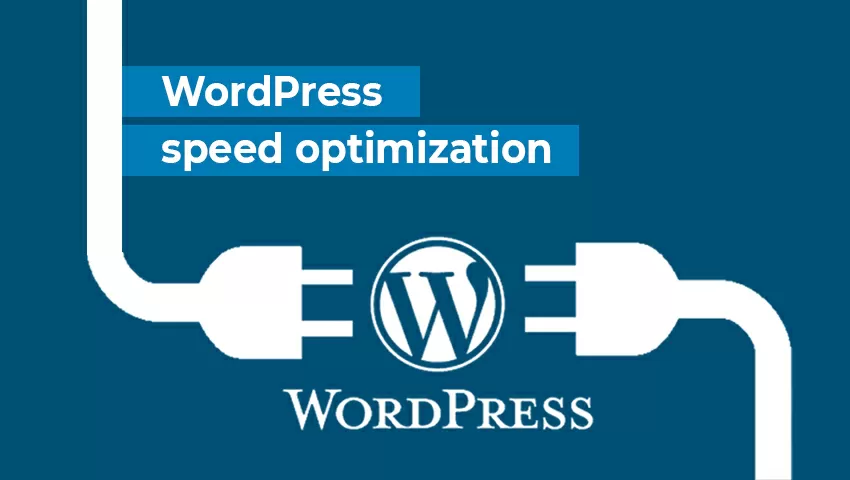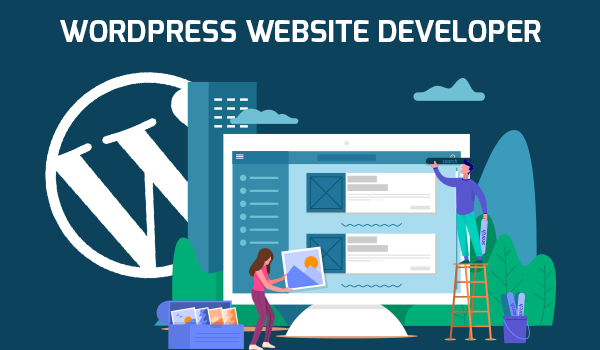WordPress speed optimization is a pivotal factor in today’s digital realm, directly shaping user experience. Websites that load slowly not only cause frustration for visitors but also affect search engine rankings. As a WordPress website developer, accelerating your site’s speed can profoundly enhance user experience and elevate its performance on search engines like Google. Let’s explore the available strategies and tools to expedite your WordPress website, ensuring a smoother user experience.
Understanding the Importance of Website Speed
Website speed is a critical factor that directly influences user satisfaction. A fast-loading website not only retains visitors but also encourages them to explore further. Research shows that a delay of just a few seconds can lead to a significant increase in bounce rate. Additionally, search engines like Google favor faster websites in their rankings, making speed optimization important for better visibility.
How speed affects user experience
Bounce rate: Users tend to leave a website if it takes longer than a few seconds to load, which increases the bounce rate.
Conversion Rate: Slow websites often have lower conversion rates because users are less likely to take the desired actions.
User Satisfaction: Faster websites lead to more satisfying user experiences, positively impacting engagement and engagement.

Speed optimization strategy
Quality Web Hosting:
Choosing the right web hosting provider that offers WordPress-optimized servers can significantly improve website speed. Look for a provider that offers SSD storage, CDN integration, and high availability.
Optimize images:
Large image files can slow down a website. Compress images without compromising quality using plugins like Smush or WP-Optimize to reduce size and improve load times.
Cache mechanism:
Use cache plugins like W3 Total Cache or WP Super Cache. These plugins create a static version of your website, reducing server load and speeding up load times for returning visitors.
Minimize HTTP requests:
Reduce the number of elements per page, including scripts and stylesheets. Combining files and using asynchronous loading can significantly improve load times.
Content Delivery Network (CDN):
Implement a CDN to distribute your website’s static content to different servers around the world, thereby reducing the physical distance between servers and users and increasing loading speed.
Clean up unnecessary plugins and scripts:
Check your WordPress plugins and scripts regularly. Disable or remove unnecessary ones as they can affect your site’s loading speed and overall performance.
Regular updates and maintenance:
Keep WordPress, themes, and plugins up to date. Updated software tends to improve performance and fix security bugs that contribute to faster and more secure websites.
The Impact of Speed Optimization on SEO
Google, as a major search engine, prioritizes user experience in its ranking algorithms. Websites that load faster tend to rank higher in search results, generating more organic traffic. Speed optimization isn’t just about user experience: it directly impacts SEO, making it an essential part of your website strategy.
Conclusion
In a competitive online environment, a fast-loading website is essential for success. By implementing the above-mentioned strategies and techniques, you can significantly improve your WordPress website speed, thereby improving user experience and gaining an edge in search engine rankings. Speed optimization isn’t just a technical issue; it is essential for modern websites to attract and retain visitors while also having a positive impact on SEO. Apply these methods to ensure a seamless and fast user experience on your WordPress site.


